Last week, our Biostimulant Product Manager, Brett Wesley had the privilege of attending the ACI Biostimulants Conference in Madrid, where he shared insights on one of the most pressing issues in modern agriculture: nitrogen use efficiency (NUE). As a key speaker at the event, Brett presented on our biostimulant, PSI®362, and its potential to enhance NUE in winter cereals, driving sustainability and productivity in the industry.
Addressing the Global Nitrogen Challenge
Nitrogen is an essential nutrient for crop growth, but its overuse and inefficient application present serious environmental and economic challenges. Excess nitrogen contributes to soil degradation, water pollution, and greenhouse gas emissions, making it a critical issue for farmers and policymakers worldwide. During his presentation, Brett highlighted the need for innovative solutions that improve nitrogen uptake and utilisation while minimising environmental impact.
Biostimulants as a Key Solution
New technologies are emerging to enhance NUE, including slow controlled release fertilisers, urease inhibitors, nitrification inhibitors, plant breeding and GMO. Brett spoke about how biostimulants and specifically Brandon Bioscience’s PSI®362 Precision Technology can help improve uptake and utilisation efficiency.
PSI®362 Precision Technology stimulates both nitrogen (N) uptake and assimilation mechanisms in the plant. When PSI®362 Precision Technology biostimulant is applied at the same time as your N fertiliser, it can be observed how it upregulates the gene expression of nitrate transporters in the root of the plant, taking up more of the available N in the soil. This effect at molecular level on N uptake translates in a measurable increase of nitrate content in plant tissue (>20% over untreated control). But PSI®362 Precision Technology also has a pronounced effect activating nitrogen assimilating enzymes in the plant at systemic level, leading to an accumulation of free amino acids, soluble proteins, and photosynthetic pigments, which is linked to enhanced growth and yield in broadacre crops. Overall, these results support the agronomic use of this biostimulant with its effect delivered through a defined physiological mode of action that allows up to 27% reduction in N fertiliser usage while maintaining or increasing crop yield.
Brett discussed how PSI®362 can be integrated into sustainable farming practices, improving crop performance while supporting environmental stewardship.
Looking Ahead
As the agricultural sector continues to navigate the challenges of feeding a growing global population while reducing its ecological footprint, biostimulants represent a valuable tool for farmers seeking to balance productivity with sustainability.
Stay tuned as we delve deeper into PSI®362’s unique capabilities and how it can support efficient nitrogen use on farm.
For more information or to discuss how PSI®362 can benefit your farming practices, feel free to reach out to Brett.




